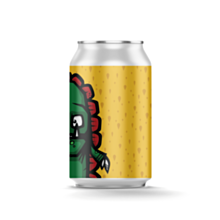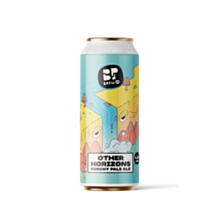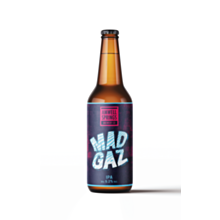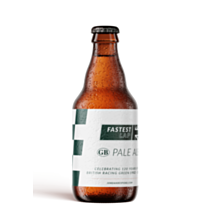1. Legal Requirements
Regulatory Bodies: In the UK, alcohol labelling is regulated by several bodies, including the Food Standards Agency (FSA) and the Department for Environment, Food & Rural Affairs (DEFRA). The European Union regulations previously influenced UK labelling standards, but post-Brexit, UK-specific rules apply.
Mandatory Information: Here’s what must be included on alcohol labels in the UK:
- Product Name: The label must clearly state the product’s name, including the type of alcohol (e.g., beer, wine, spirits) and, if applicable, the style or variety (e.g., Sauvignon Blanc, IPA).
- Alcohol By Volume (ABV): The percentage of alcohol by volume must be displayed prominently.
- Volume Statement: The net volume of the product should be indicated in millilitres (ml) or litres (l).
- Country of Origin: The label must state where the alcohol was produced or bottled.
- Manufacturer Details: The name and address of the manufacturer, importer, or distributor should be provided.
- Health Warnings: Labels must include relevant health warnings, such as those related to pregnancy and the risks of alcohol consumption.
2. Nutritional Information
Current Regulations: In the UK, while nutritional information is not mandatory for alcoholic beverages, there is a growing trend towards voluntary disclosure. Some producers choose to include details like calories, carbohydrates, and sugars to meet consumer demand for transparency.
European Influence: As of recent regulations influenced by the EU, some requirements might apply, particularly if you’re exporting products. Nutritional information and ingredient lists may be more rigorously enforced.
3. Allergen Information
Common Allergens: Certain allergens can be present in alcoholic beverages, such as gluten in beer or sulphites in wine. UK regulations require that labels clearly indicate the presence of allergens.
Allergen Statements: Labels should clearly state if the product contains any allergens. For example, “Contains sulphites” or “Contains gluten.”
4. Label Design and Legibility
Font Size and Contrast: Labels must be easy to read, with text of a sufficient size and in a contrasting colour against the background to ensure legibility.
Design Guidelines:
- Clarity: Avoid designs that obscure mandatory information. Ensure that required details are prominently displayed.
- Consistency: Use consistent terminology and formats to make it easier for consumers to find necessary information.
5. Special Considerations
Organic and Sustainable Labels: If the product is certified organic or has sustainability claims (e.g., “eco-friendly” or “locally sourced”), these should be clearly visible and supported by appropriate certification labels.
Special Certifications: If the product has additional certifications or awards, they should be marked clearly but should not overshadow the mandatory information.
6. International Labelling
Compliance: For alcohol products intended for international markets, labels must comply with the regulations of each country. This might involve translating labels into different languages and adapting to local requirements.
Import/Export Regulations: Ensure that labels meet the specific import/export regulations for each country to avoid issues with trade and compliance.
7. Consumer Education
Educational Information: Providing information about the product’s origin, production methods, and tasting notes can enhance consumer experience and brand perception. While not a legal requirement, this additional information can be valuable.
Responsible Drinking: Encourage responsible drinking by including messages about moderation and the potential risks of excessive alcohol consumption.




